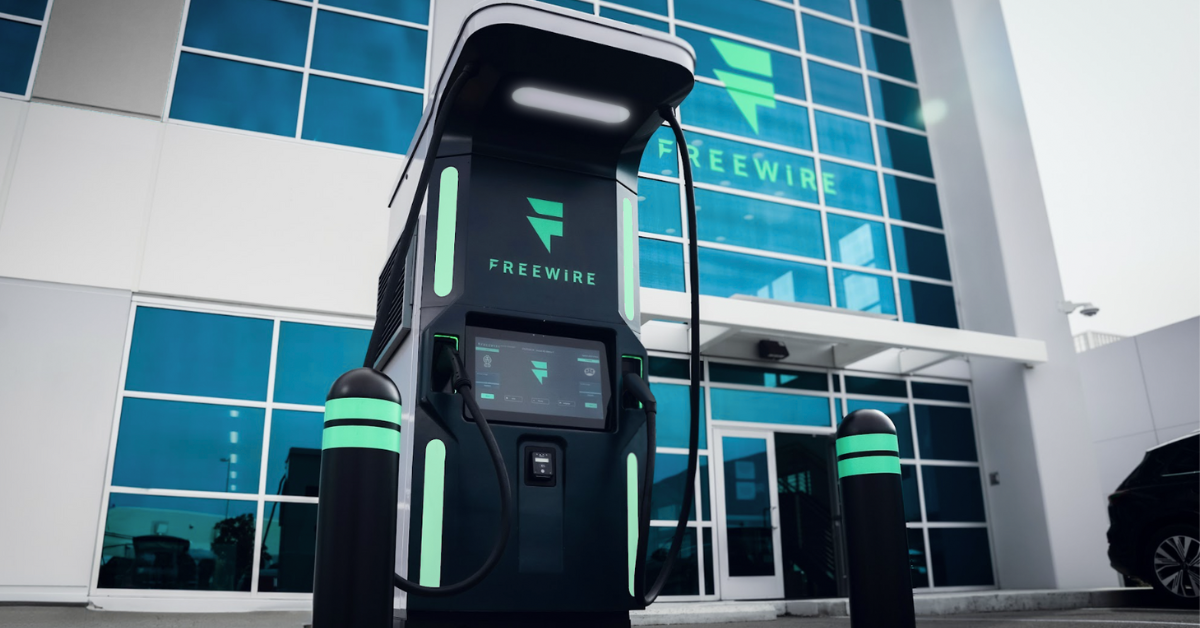I thought it would be worth having a thread to discuss how difficult and perhaps impossible it's going to be for L3 charging to operate as a viable business. One fact about electric billing very few people have experience with is demand billing, being billed per kW in addition to per kWh. In SE NM Xcel charges $15.40/kW in the winter and $18.49/kW in the summer. So if you want to have 250kW fast charging a single car charging at that rate sets your electric bill at ~$4600/mo. Even if rates are set as high as $0.40/kWh and the average car takes 50kWh you would need to charge 230 cars per month or 7 per day just to break even on demand billing and that's just a single stall. Obviously more stalls = higher demand fees and that's not counting the cost of electricity per kWh or the cost of the equipment which is also substantial.
For DCFC to be economically sustainable it needs to collect revenue from all parties that share in it's benefit. The manufacturer, the host, the driver, other local businesses.
There's a great video on YouTube with the CEO of charge point where he points out that gas stations don't make money selling gas... they make their profits from the attached convenience store. Economically selling electrons is even worse than selling gasoline.
For DCFC to be economically sustainable it needs to collect revenue from all parties that share in it's benefit. The manufacturer, the host, the driver, other local businesses.
There's a great video on YouTube with the CEO of charge point where he points out that gas stations don't make money selling gas... they make their profits from the attached convenience store. Economically selling electrons is even worse than selling gasoline.



